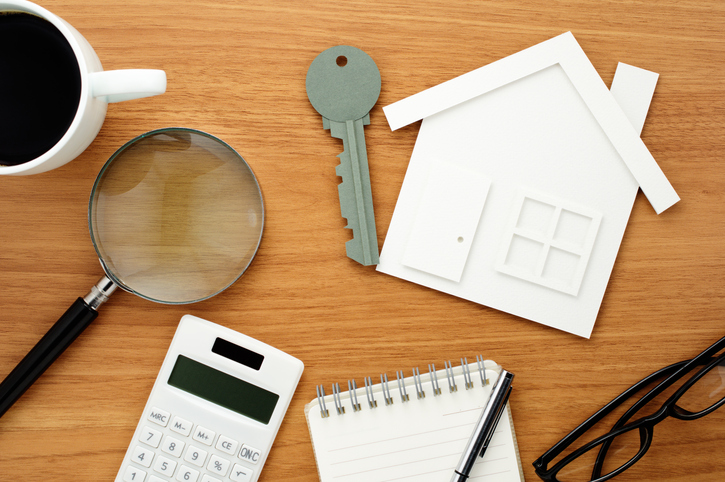
The best loan structure for café owners who also own a house
For most Australian’s, owning a home is the biggest financial decision they’ll ever make. And there’s a good chance it will also be the single largest asset they ever own.
But as a café entrepreneur, your number one asset is your business. Which means that if you own your home, or plan on buying one, you’ll probably need to borrow money to buy it.
This means how you structure your loan could be the difference between success and failure.
Mike and Jane’s story
Mike and Jane were married, and both worked at a local café. They dreamed of running their own café, and so when their boss gave them the chance to invest in a new café he was opening they immediately said “Yes”.
Problem was, they’d purchased their home just a few years earlier, and the loan amount was still quite high. But it was an opportunity they couldn’t pass up, and so they took out a business loan to fund the new café venture.
Because the loan wasn’t secured against any asset, the interest rate was quite high. However, the real problem was that they’d mixed their business and personal loans.
Everything went smoothly to begin with. But after a few staffing issues and a decline in sales, the business’ cash flow became a real problem.
They both reduced their salaries to give the business a much-needed financial boost. But that meant they could no longer keep up with their home loan repayments. Unless they came up with a solution quickly, they faced the prospect of having to sell their dream business.
What they should have done
Now let’s see how different things could have turned out if Mike and Jane had borrowed the money for the café using a different loan structure.
What they should have done is set up the loan with two accounts: one to purchase the house (using the house as security, and the other for future investment purposes. That way each loan repayment would have increased the difference between what they owed (the loan) and what they owned (the house).
And what would have happened when the opportunity to purchase the café came up? With the home loan repayments lowering their loan-to-value ratio (LVR), they could have used the second loan account to buy the café.
By having two accounts (rather than mixing business and personal loans), Mike and Jane would know exactly what the repayments for the ‘business’ portion of their loan would be. The café’s profits would have also grown, giving them the option of either increasing the repayments on their home loan or investing the extra money.
A happy ending
Fortunately, Mike and Jane didn’t lose their café business. Because they were so far ahead with their business and mortgage repayments, the bank gave them a six-month grace period where they only had to make interest payments on their loan. That gave them the chance to grow their business and improve its cash flow.
But having the right loan structure from the start would have helped them not only survive the downturn in their café, but also take advantage of future opportunities as it became more successful.
As you can see, making the right decision at the start can really help you down the track. So, if you have a home loan and want to invest in a café as well, get in touch with us so we can talk about the loan structure that would work best for you.
